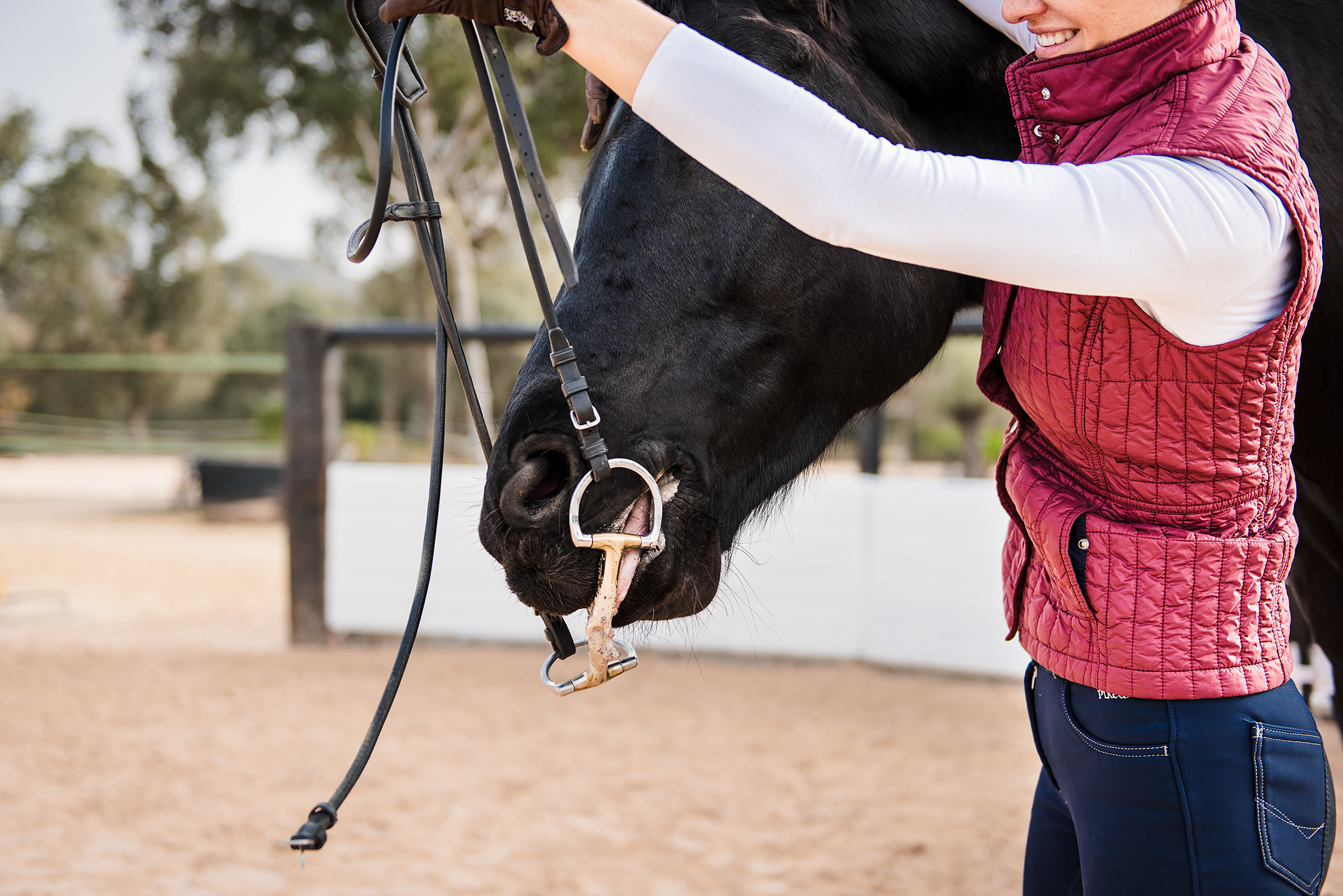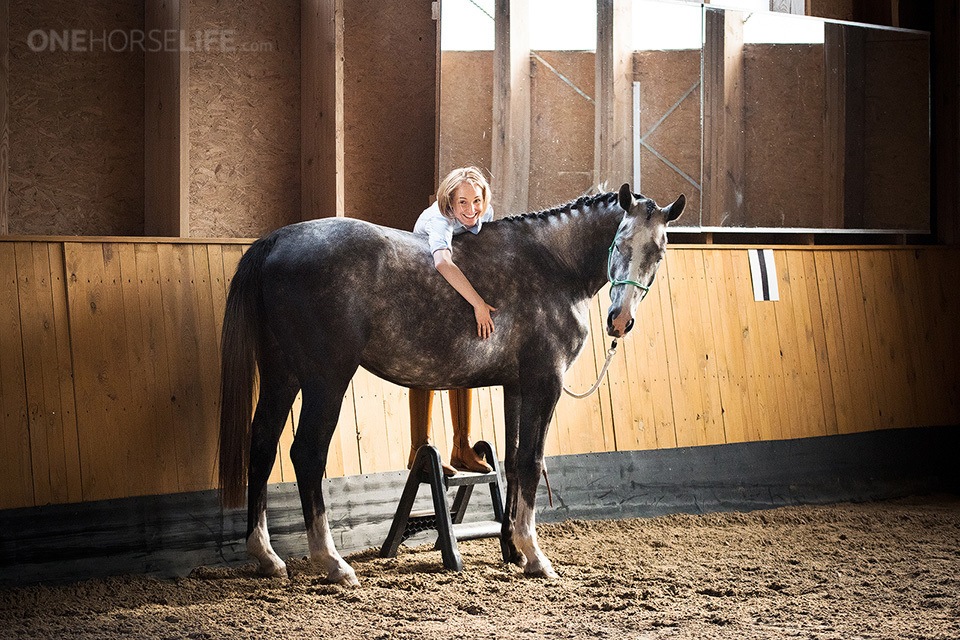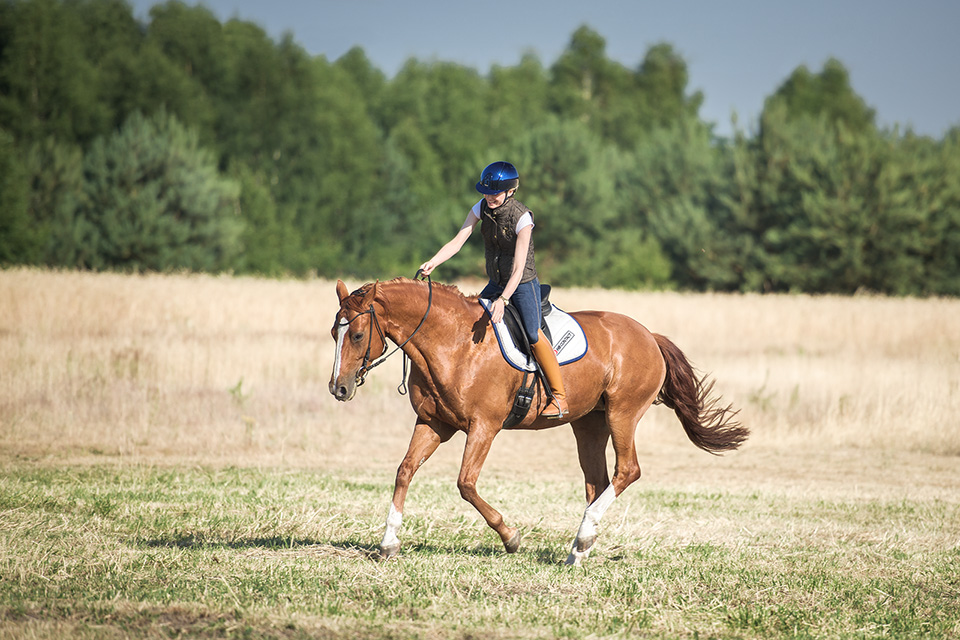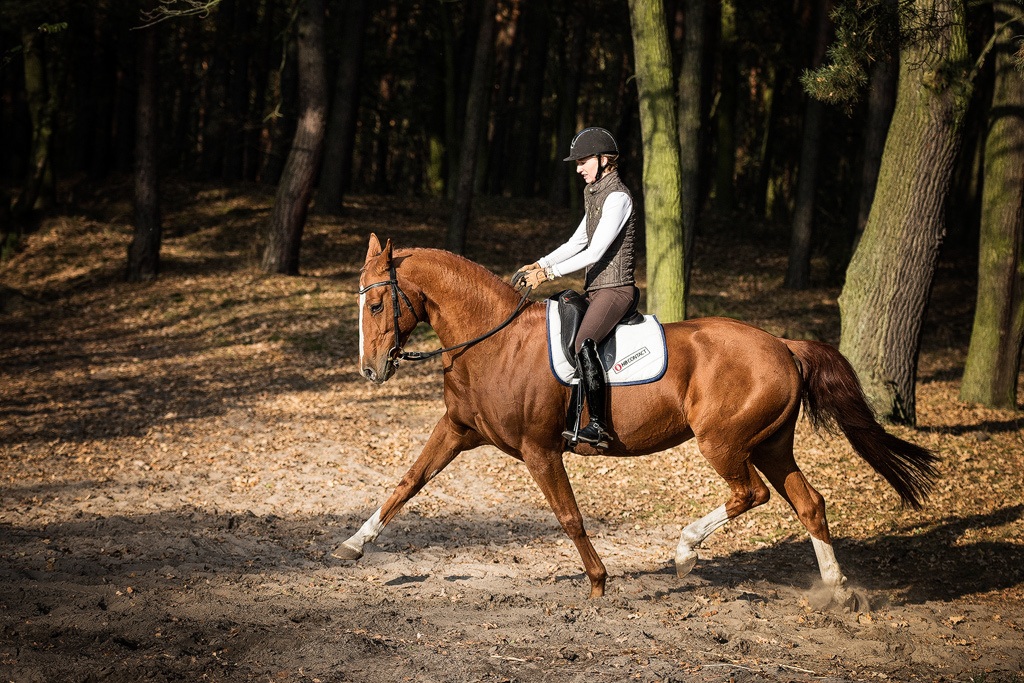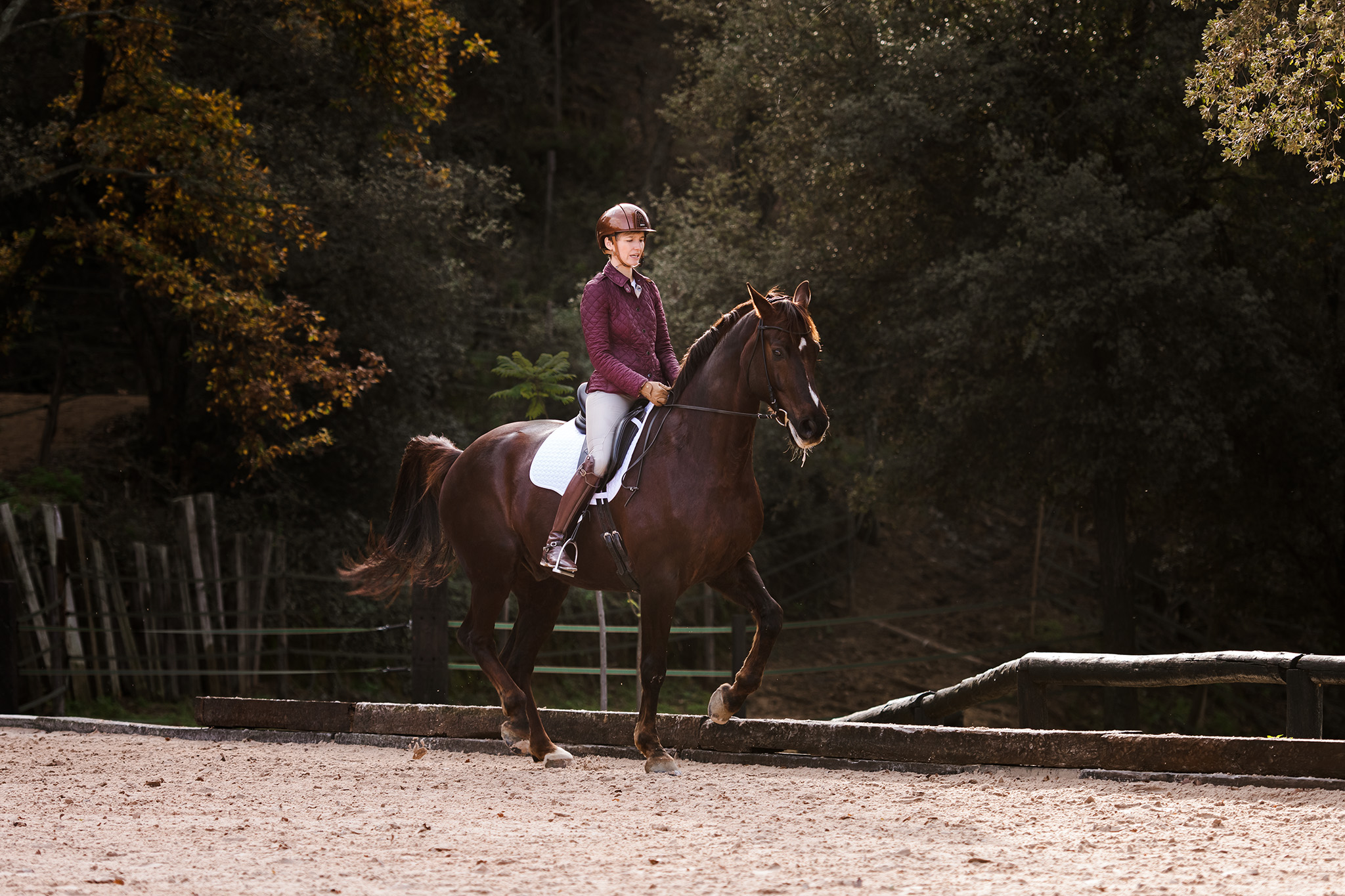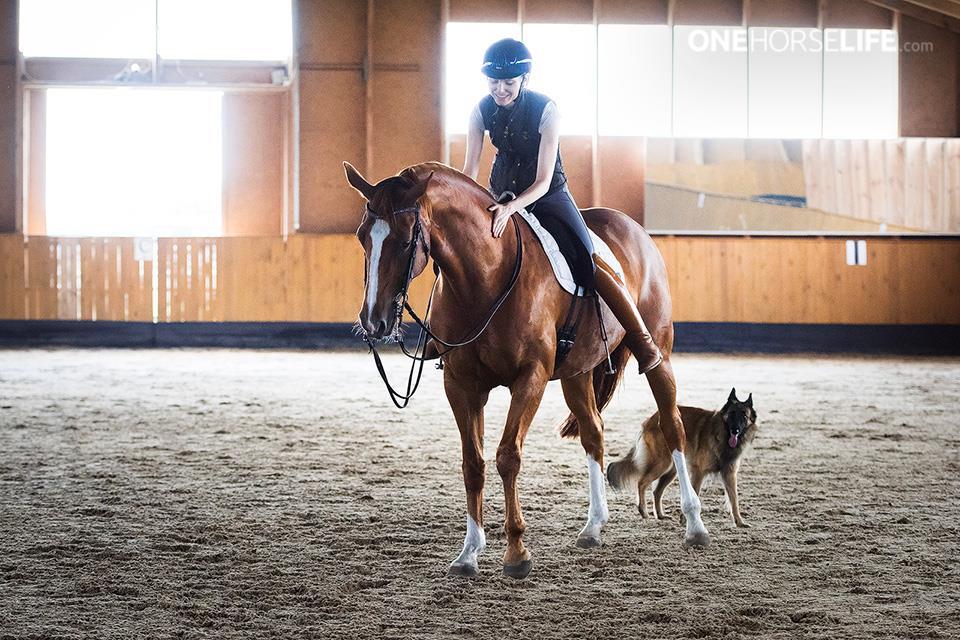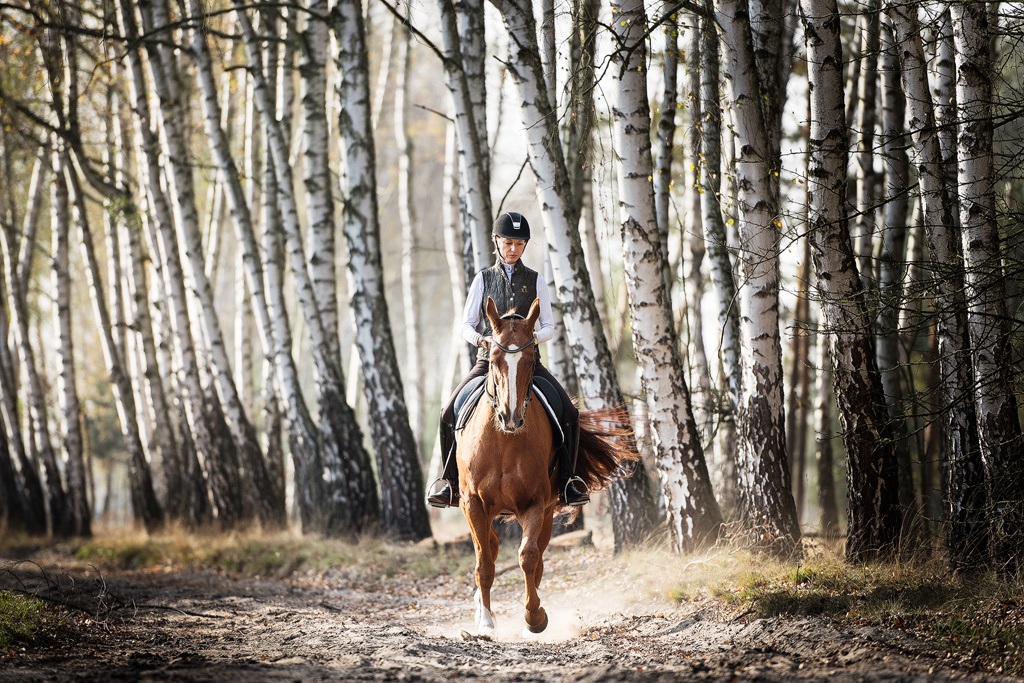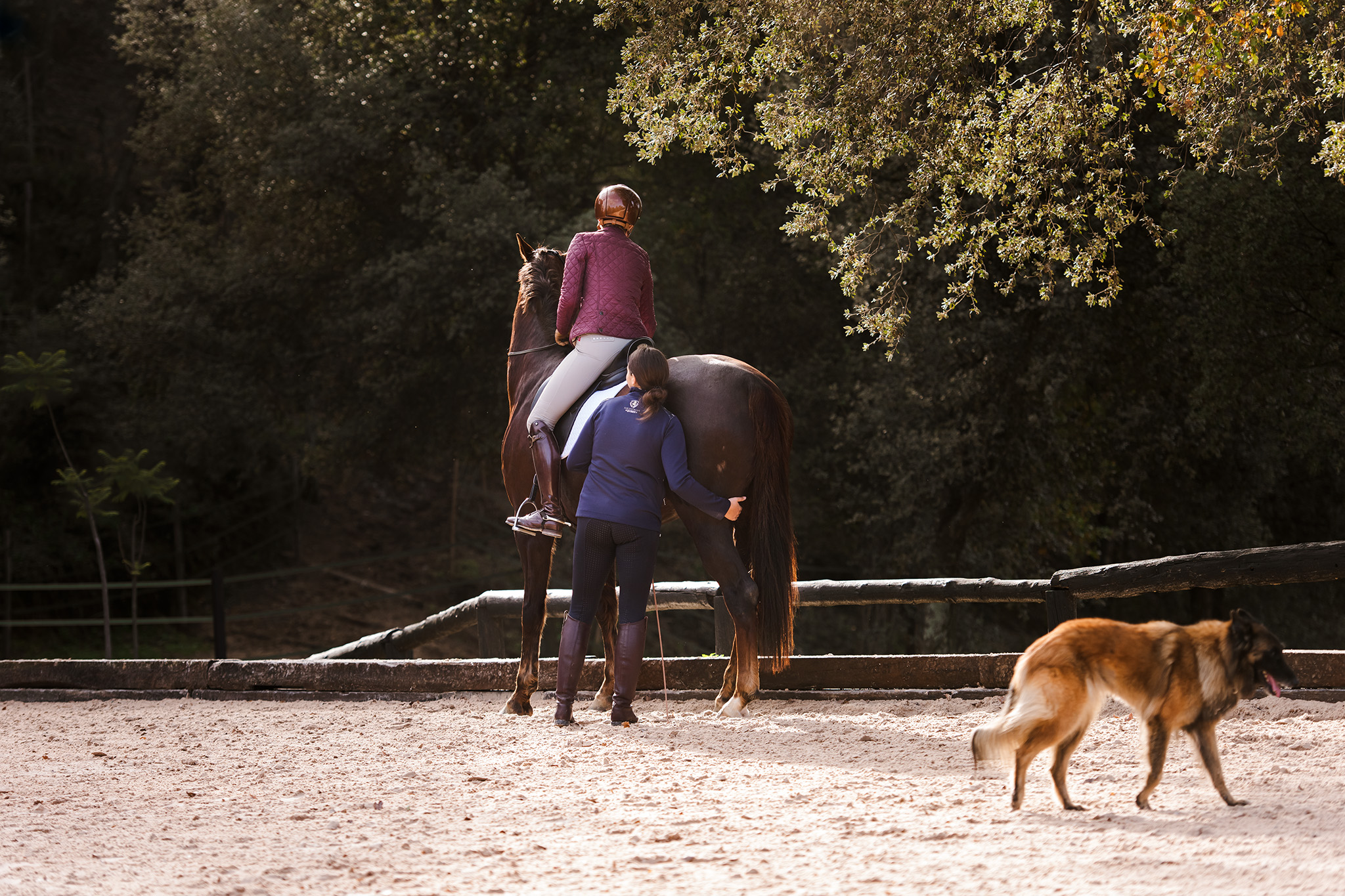ZOOM MEETING: Q & A and more! I would love to invite you for a ZOOM MEETING on Sunday, 22nd of May 2022 during which you will be able to ask your questions, and we will be able to talk even further and deeper about Module 1 and Rider’s Stability in the Saddle and
We will not discuss here the fitting of saddles to horses and different types of saddles and seats, but the properties of the saddles that we want to preserve in order to best convey the properties of movement between the rider and the horse from the perspective of Anna’s Riding Method and the information gathered
Stabilising the Seat in the Posting Trot Step 1: Standing with the support of sitting The first step to a stable seat is to transfer a large portion of the rider’s body weight from the saddle to the legs. We don’t want the rider to stand in the stirrups. We want him to shift a
Why the Legs? Why the Thighs? The legs are much easier to cushion and amortise the upper part of the Rider’s body. In fact, the legs are made to amortise and absorb shock coming from contact with the ground that would otherwise be transferred up to the rider’s upper body. When you walk, your each
How to stabilise Rider’s position in the Posting Trot? As you already know, for the stabilisation of the rider in the saddle we will mainly use the quadriceps muscle. For the sake of simplicity we will refer to it as simply as “thigh muscles” in further materials. This generalisation is needed because the muscle groups
How to deal with the motion of the horse’s back? Riders very often deal with the upwards movement of the horse’s back in such a way that they try to compensate it and gradually kill it with stiffness in their body. We have already written about it, so we will not repeat how this approach

